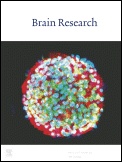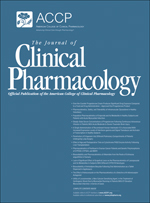
“During these last years, the CB2 cannabinoid receptor has emerged as a potential anti-inflammatory target in diseases such as multiple sclerosis, amyotrophic lateral sclerosis, Huntington’s disease, ischemic stroke, autoimmune diseases, osteoporosis, and cancer. However, the development of clinically useful CB2 agonists reveals to be very challenging. Allosterism and biased-signaling mechanisms at CB2 receptor may offer new avenues for the development of improved CB2 receptor-targeted therapies. Although there has been some exploration of CB1 receptor activation by new CB1 allosteric or biased-signaling ligands, the CB2 receptor is still at initial stages in this domain. In an effort to understand the molecular basis behind these pharmacological approaches, we have analyzed and summarized the structural data reported so far at CB2 receptor.”








